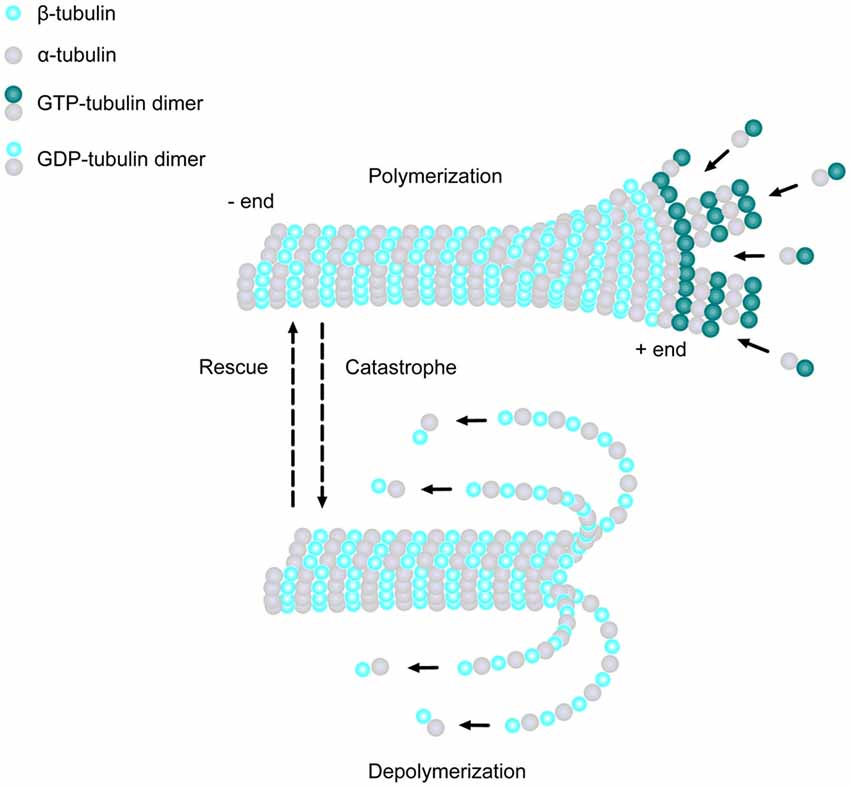Write4U
Valued Senior Member
https://science.sciencemag.org/content/369/6504/eaaz2532
The proteasome controls ESCRT-III–mediated cell division in an archaeon
Proteasomal control of division in Archaea
In eukaryotes, proteasome-mediated degradation of cell cycle factors triggers mitotic exit, DNA segregation, and cytokinesis, a process that culminates in abscission dependent on the protein ESCRT-III. By studying cell division in an archaeal relative of eukaryotes, Tarrason Risa et al. identified a role for the proteasome in triggering cytokinesis by an archaeal ESCRT-III homolog. Cell division in this archaeon was driven by stepwise remodeling of a composite ESCRT-III–based division ring, where rapid proteasome-mediated degradation of one ESCRT-III subunit triggered the constriction of the remaining ESCRT-III–based copolymer. These data strengthen the case for the eukaryotic cell division machinery having its origins in Archaea.
Abstract
2. Roles of microtubules in cytokinesis
https://www.sciencedirect.com/science/article/pii/S0960982200007466#
The proteasome controls ESCRT-III–mediated cell division in an archaeon
Proteasomal control of division in Archaea
In eukaryotes, proteasome-mediated degradation of cell cycle factors triggers mitotic exit, DNA segregation, and cytokinesis, a process that culminates in abscission dependent on the protein ESCRT-III. By studying cell division in an archaeal relative of eukaryotes, Tarrason Risa et al. identified a role for the proteasome in triggering cytokinesis by an archaeal ESCRT-III homolog. Cell division in this archaeon was driven by stepwise remodeling of a composite ESCRT-III–based division ring, where rapid proteasome-mediated degradation of one ESCRT-III subunit triggered the constriction of the remaining ESCRT-III–based copolymer. These data strengthen the case for the eukaryotic cell division machinery having its origins in Archaea.
Abstract
......Proper division of the cell requires coordination between chromosome segregation by the mitotic spindle and cleavage of the cell by the cytokinetic apparatus. Interactions between the mitotic spindle, the contractile ring and the plasma membrane ensure that the cleavage furrow is properly placed between the segregating chromosomes and that new membrane compartments are formed to produce two daughter cells. The microtubule midzone is able to stimulate the cortex of the cell to ensure proper ingression and completion of the cleavage furrow. Specialized microtubule structures are responsible for directing membrane vesicles to the site of cell cleavage, and vesicle fusion is required for the proper completion of cytokinesis.
2. Roles of microtubules in cytokinesis
Rearrangement of the microtubule cytoskeleton during mitosis controls the segregation of the chromosomes, the placement of the contractile ring and the completion of cell cleavage.
In animal cells, microtubule-dependent processes in cytokinesis can be divided temporally into two parts. Microtubules of the bipolar spindle dictate the position of the cleavage plane midway between the two asters. Subsequently, microtubules of the spindle midzone promote ingression of the cleavage furrow and the completion of cytokinesis.
....moreTo accomplish these tasks, microtubules must interact with the cell cortex to mark the site for cleavage furrow assembly and ultimately direct the assembly of actin and myosin at the furrow region. Microtubules must also communicate with the cell cortex and/or membrane to stimulate the ingression of the cleavage furrow, and they must assemble the midzone and midbody microtubule structures required for the completion of cytokinesis.
https://www.sciencedirect.com/science/article/pii/S0960982200007466#

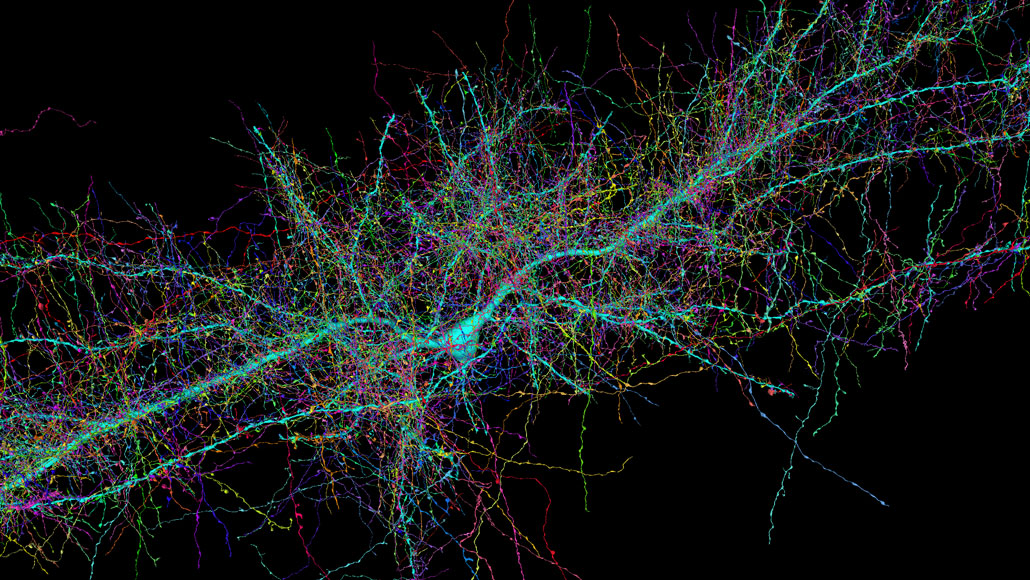
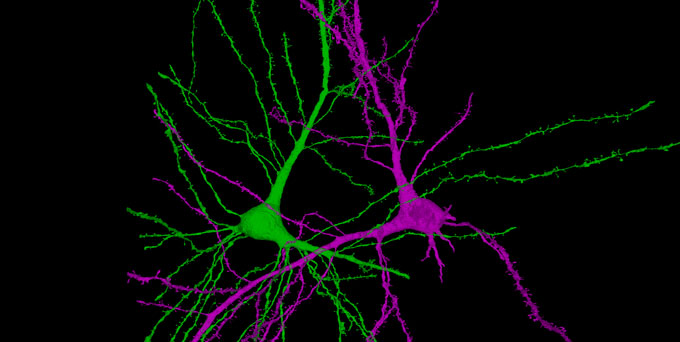
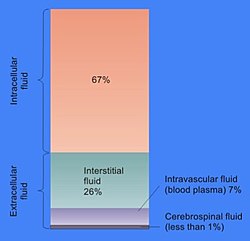
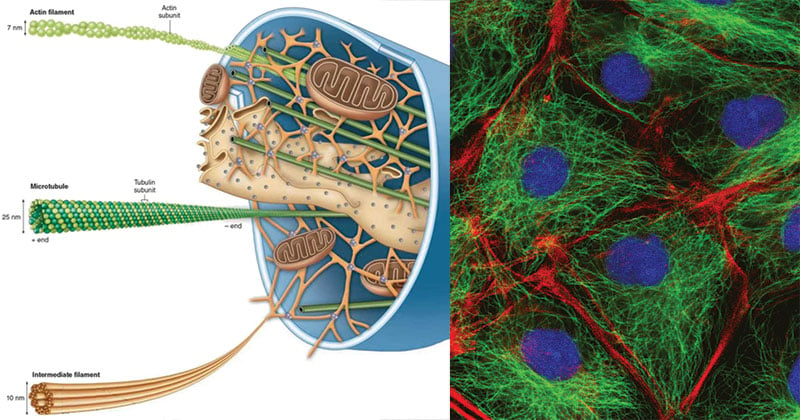



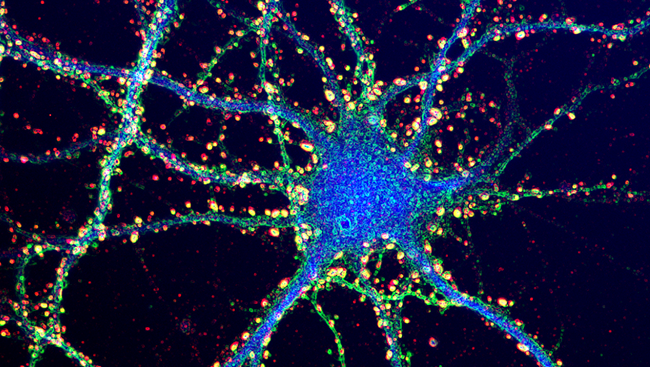

 Micaela Lasser
Micaela Lasser
 Laura Anne Lowery
Laura Anne Lowery